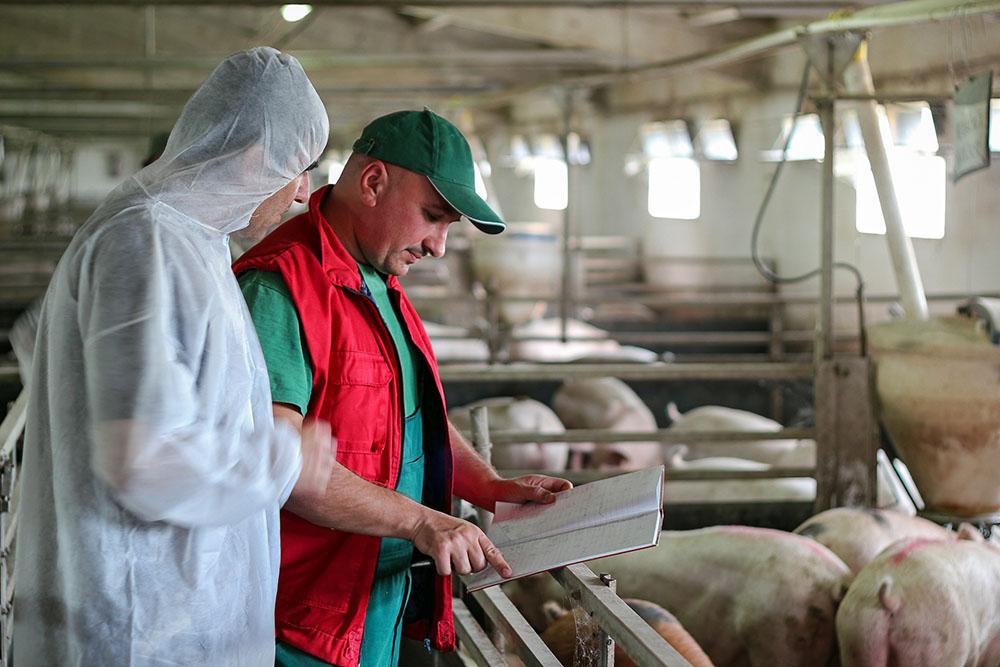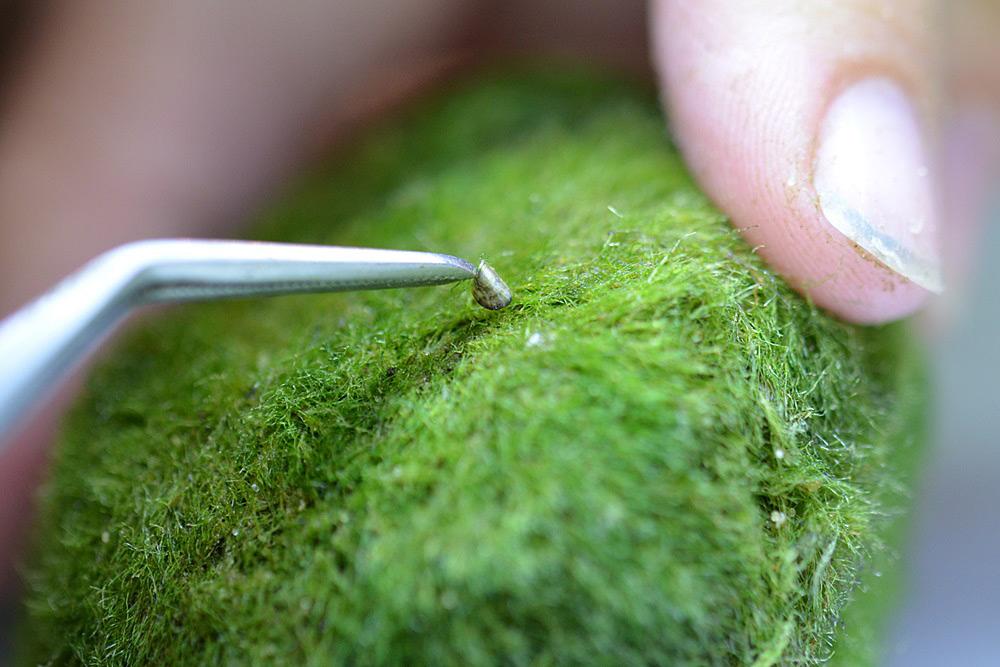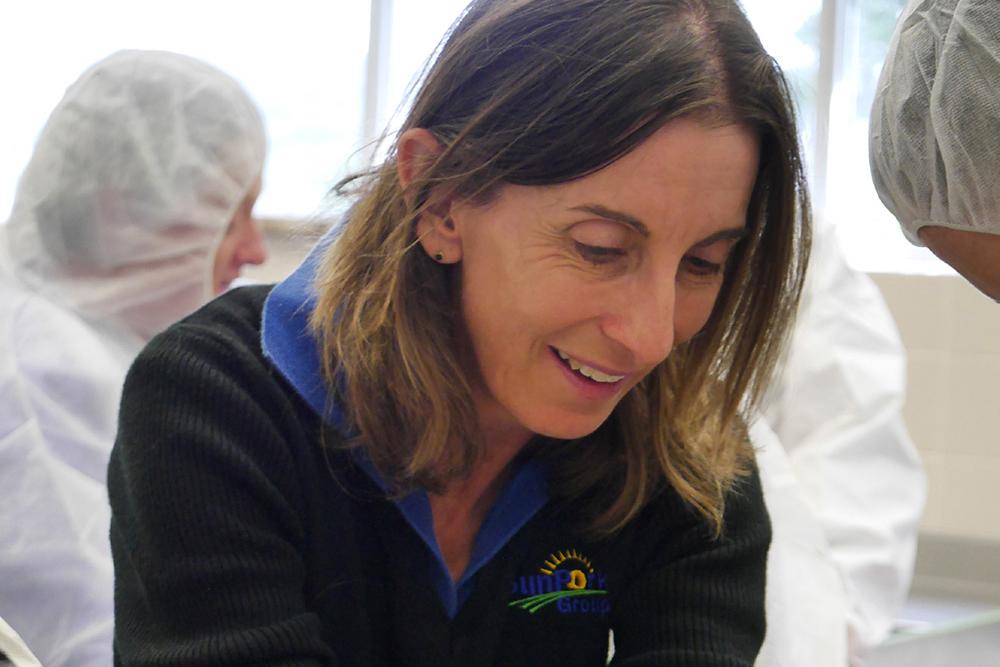Australians love raising chickens and other pet birds in their backyards. However, allowing wild birds to access your chicken coop places your birds’ health at unnecessary risk.
This is because migratory birds that come to Australia can carry avian influenza (or bird flu) and spread the disease. Your birds can become infected if you let them mingle with wild birds of any type, or if wild birds are allowed access to feed and water supplies, including open water sources such as dams and ponds.
Along with reducing contact with wild birds, simple cleaning and hygiene measures can also reduce the disease risk.
We have developed a short video that covers how to put these simple steps into practice. It also describes the signs of disease and how to report any sick or dead birds.
Learn more about protecting your birds.
Avian influenza and your backyard
Avian influenza, or bird flu, is a disease carried by wild birds that can cause severe disease in poultry.
There are many strains of the virus, including the H5 strain that’s caused mass poultry deaths overseas.
Australia does not have this strain.
Avian influenza can be carried by wild birds such as ducks, geese, and swans.
If wild birds mix with our backyard poultry and pet birds, the virus can spread to them.
If you own or work with any type of poultry or birds, look for health changes in your birds.
The signs of avian influenza are similar to other bird diseases, so always check with your vet if you notice something unusual.
Look out for:
- single or several birds suddenly dying
- diarrhoea
- birds eating or drinking less
- unusual reduction in egg production
- birds sneezing or looking unwell.
There are simple things you can do to help protect your birds.
Don’t feed wild birds or encourage them to mix with your poultry or pet birds.
Use netting to prevent contact between domestic and wild birds.
Clean your birds’ housing and equipment regularly and don’t share it with other bird owners.
If you bring in new birds, keep them separate and monitor them for at least 30 days before introducing them to your existing flock.
If your poultry are free range, monitor them daily for signs of disease.
Be ready to house your birds separately if they show signs of illness.
Avian influenza does not easily spread to people, and it’s a low risk to the public, but it’s still important to maintain good hygiene around poultry and pet birds.
Avoid touching sick or dead birds, or if you need to touch them, wear gloves and wash your hands afterwards.
Always wash your hands after handling birds, eggs and equipment.
Clothes and shoes should be washed after visiting a bird show, aviary, or chicken run.
If you see sick or dead birds, contact your vet or the Emergency Animal Disease Hotline on 1800 675 888.
Learn the facts about bird flu and how to protect your birds at agriculture.gov.au/birdflu



